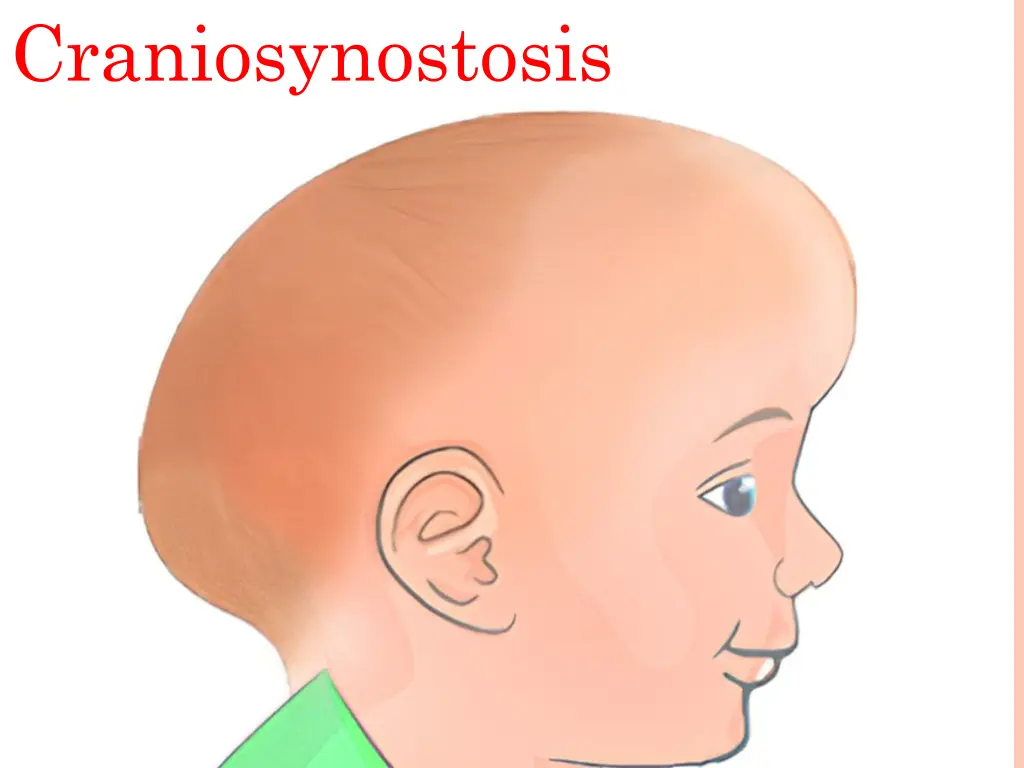
Understanding Craniosynostosis: Causes, Symptoms, and Treatment
Craniosynostosis is a condition where one or more cranial sutures prematurely close, leading to skull deformities. Learn about the different types, associated ophthalmic features, and prevalence of strabismus. Discover insights into its impact and management options.
Download Presentation

Please find below an Image/Link to download the presentation.
The content on the website is provided AS IS for your information and personal use only. It may not be sold, licensed, or shared on other websites without obtaining consent from the author. If you encounter any issues during the download, it is possible that the publisher has removed the file from their server.
You are allowed to download the files provided on this website for personal or commercial use, subject to the condition that they are used lawfully. All files are the property of their respective owners.
The content on the website is provided AS IS for your information and personal use only. It may not be sold, licensed, or shared on other websites without obtaining consent from the author.
E N D
Presentation Transcript
INTRODUCTION Craniosynostosis characterized by premature closure of one or more of the cranial sutures, resulting in characteristic skull deformities. Growth of the skull is restricted in the plane perpendicular to the affected suture, but compensatory growth occurs in the plane parallel to the fused suture. is a group of disorders
It affects 1 in 2500 live births more than 60 mutations or DNA errors have been identified
Non-syndromic craniosynostosis often presents as a single-suture abnormality and most commonly with premature fusion of the sagittal or coronal sutures Syndromic craniosynostosis premature fusion of multiple sutures with a wide range of associated systemic anomalies typically involves the most common of these syndromes are Muenke, Crouzon, Pfeiffer, Apert syndromes and Saethre-Chotzen
OPHTHALMICFEATURES Astigmatism Amblyopia Ptosis Strabismus corneal ulcer secondaryto exposure keratopathy papilledema and optic atrophy secondary to increased intracranial pressure (may be exacerbated by often associated obstructive sleep apnea)
The prevalence of strabismus in patients with syndromic craniosynostosis varies from 39% to 90.9% is also common in non-syndromic craniosynostosis, particularly when the coronal suture(s) are involved. Exotropia is more common than esotropia, and V pattern with true or pseudo superior oblique (SO) palsy dominates the landscape
